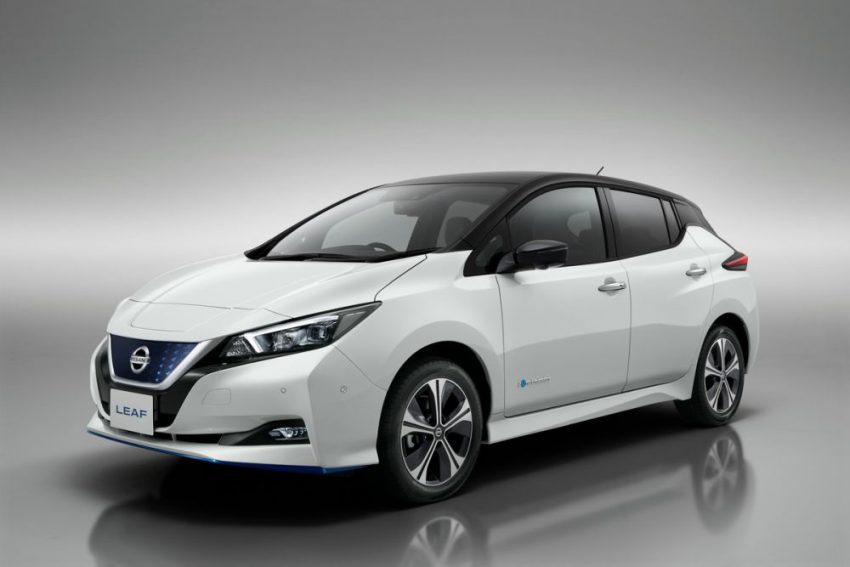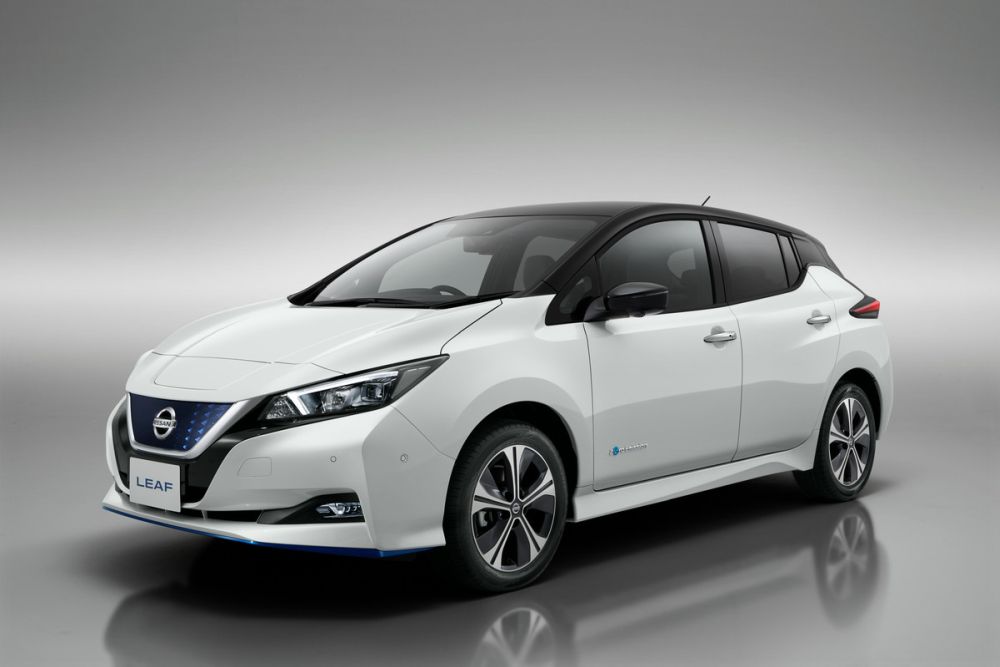
7.2.2020. Independent of motorways and junctions: Nissan Leaf is now completely driven by independent UK. Electric car throughout the UK (230 miles) has completed a total of 370 miles.
The so-called “Big Driver” “Human Drive”of the consortium was the result of a 30 month study. Nissan engineers autonomous communities, the research is under the management of members. The goal is learning, driving, natural, and in a humane manner, among other things, an autonomous vehicle control development. To create a comfortable and familiar experience for the customer, more networked and on the road to autonomous driving of the future.
-Kilometer-long journey that only a few of the Leaf 370 waypoints, intersections, and junctions with highways or country roads, for example, the program under real world conditions in different scenarios on a practice test was completed. LEAF lines and go independent if you need to stop and take again. To perform these tasks in a safe manner, and GPS, radar, LIDAR, camera and sensors interfere with, the Nissan Leaf used to navigate.
“The human driver of the project within the framework of the roads in the UK an autonomous vehicle that can cope with the challenges unique to this part of the world have developed. This complex junctions as well as high-speed and there are country roads, road signs, white lines or curbs without the Nissan Technical Centre in Europe, Bob Bateman, project manager,“ he said.
Drive human and machine learning
The “human drive”-the consortium by the UK government and Autonomous Connected Vehicles (CCAV) and innovation in the UK, with nine other partners, the center is provided. As a result, all of the financial framework (15 million Euro) is at the level of approximately 13.5 million pounds.
As a second step, the project interested parties, such machine learning, artificial intelligence and user experience such as improving ride comfort and studied. In addition, the consortium joins Hitachi Europe Ltd. real-time machine learning system has been developed to ensure an appropriate and public roads, land that has been successfully tested. “I learned from the experience” safer trips in the future, similar scenarios will help the process.
Economics, Nadhi I Zahawi, the British minister, “Britain has a long travel Nissan autonomous and human driver behavior in SAFE Consortium, an important step towards the introduction of driverless cars on the roads an amazing performance,” he said. “This project is a shining example of how to develop the automotive sector, the government, in collaboration with people’s mobility and also CO2 emissions.”
Secretary of transportation and George Freeman, intelligent and automated vehicle technologies and traffic management in the UK, a major global scope, of work getting in the way of the leading position in thousands of locations is added:”. Our future mobility: urban planning, cleaner, more Yesil and supports innovation for smarter transportation. Nissan driver successful human project, the next phase of the revolution of the UK is an exciting example of how transport might look like.“
Cyber security features autonomous driving cars. (more)Development-member of the “Human drive”Autonomous drive technology, as well as focused and appropriate testing and security methods. The transportation system is also focused on the impact of autonomous vehicles in a broader sense.
Findings support future development
If autonomous driving technology to the (further)development collected in the research project, evidence-based UK am not.
And Jake LEAF, Qashqai and X-Gate triple four models already semi-automated driving ProPILOT trail. Regularly the system such as vehicle steering, acceleration and deceleration assumed. Thus ProPILOT also increases safety and reduces the stress of daily life.
“Nissan’s vision of Intelligent Mobility and autonomous driving technologies that can be used anywhere in the world all of the vehicles will be developed. Now move the door to the future research project and to build a successful British Open, more autonomous than ever, electric, and more connected, to Nissan’s European Research and development David Moss, senior vice president,“ he says.
The participating companies, organizations, and priorities/”Human drive” overview:
Nissan: senior partner (AV) to follow the development of autonomous vehicles.
To provide human control and perception (AI) Hitachi: artificial intelligence
At the same time, the development of a risk model driver cars self-University of Leeds: a study of the human impulse and its application
Project (ERP) Catapult connected Areas: Project Management, Communication and marketing activities, dissemination, and security elements in the case of
The project support in terms of the opportunity to test the security of HORIBA MIRA: provider
Autonomous vehicles (for USER) SBD Automotive: cyber security support efforts, and human-machine interface
Ankara University test facilities: a driving test was accompanied by Autonomous providers also
Atkins Ltd.: Providing a cyber security framework
Samsung Ltd.: a study of the influence of transport system on autonomous vehicles
The infrastructure requirements for the use of autonomous vehicles in the UK: a study Highways.
Nissan Leaf ze MY19 1: energy consumption (kWh/100 km: combined between 18.5 5.4; CO2 emissions, combined: 0 g/km; efficiency Class: A+.
According to the specified values (WLTP) 2017/1347 the currently valid version of the VO(EC) 715/2007 in accordance with the prescribed measuring method were determined.
The use of energy from renewable sources, zero CO2 emissions during use. Wear parts are not included. In the figures, see the offer and is not part of a single vehicle alone, but are for purposes of comparison between different vehicle models.
More information about the official fuel consumption and official specific CO2 emissions new passenger transport and power consumption in the motor “manual can be removed for fuel economy, CO2 emissions and energy consumption of new passenger cars”, el (Dat) in a car free German garbage.
Fuel consumption of the electric vehicle/electric vehicle energy consumption and CO2 emissions and driving behavior and other non – (environmental conditions)-of the battery technical factors fuel/energy content depends on the effective use of.


(Photo: Nissan)LEAF e+